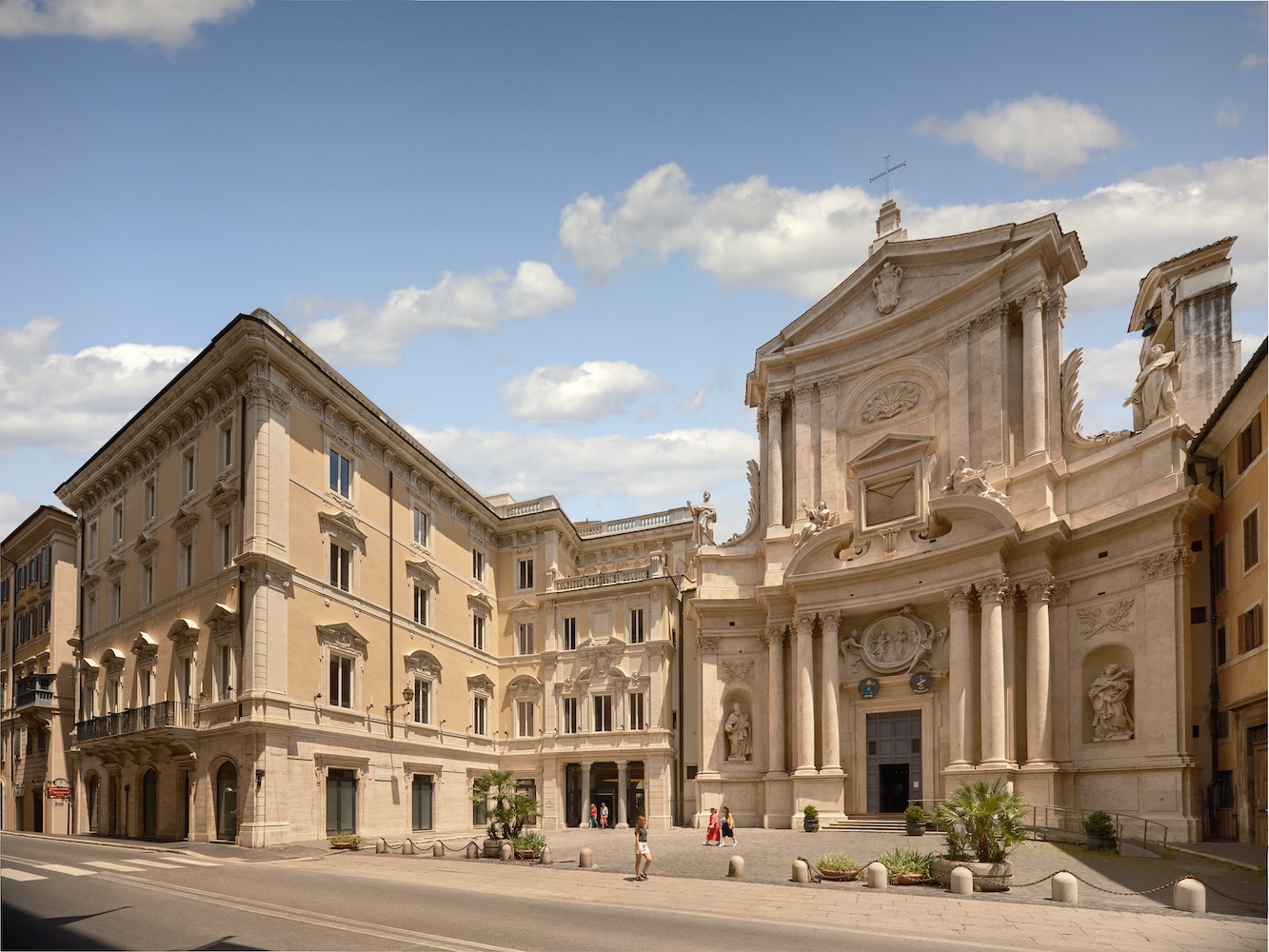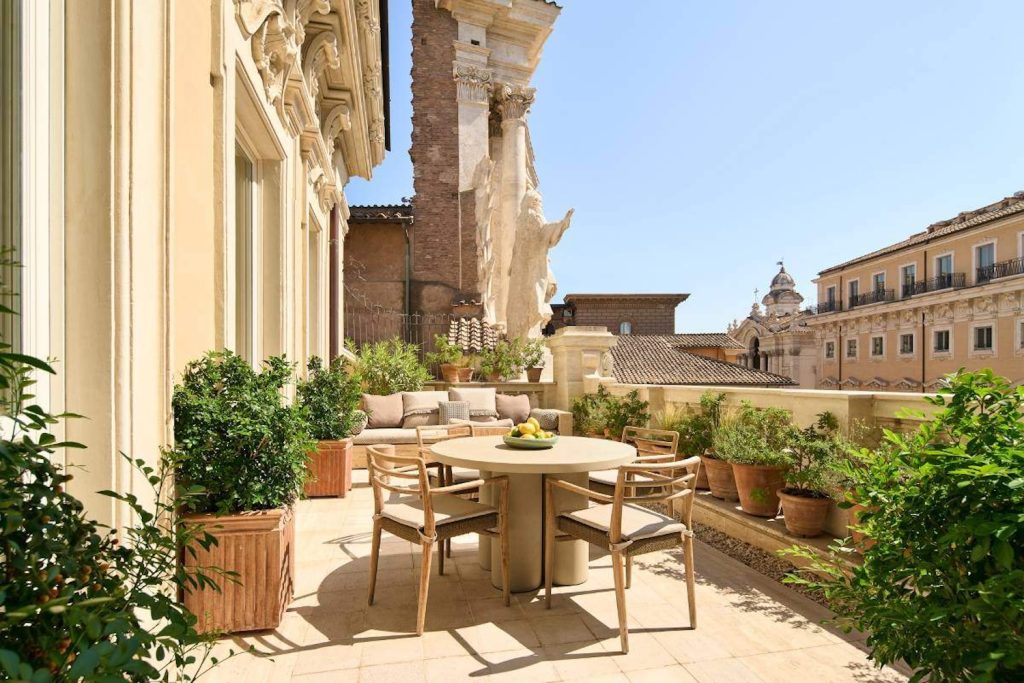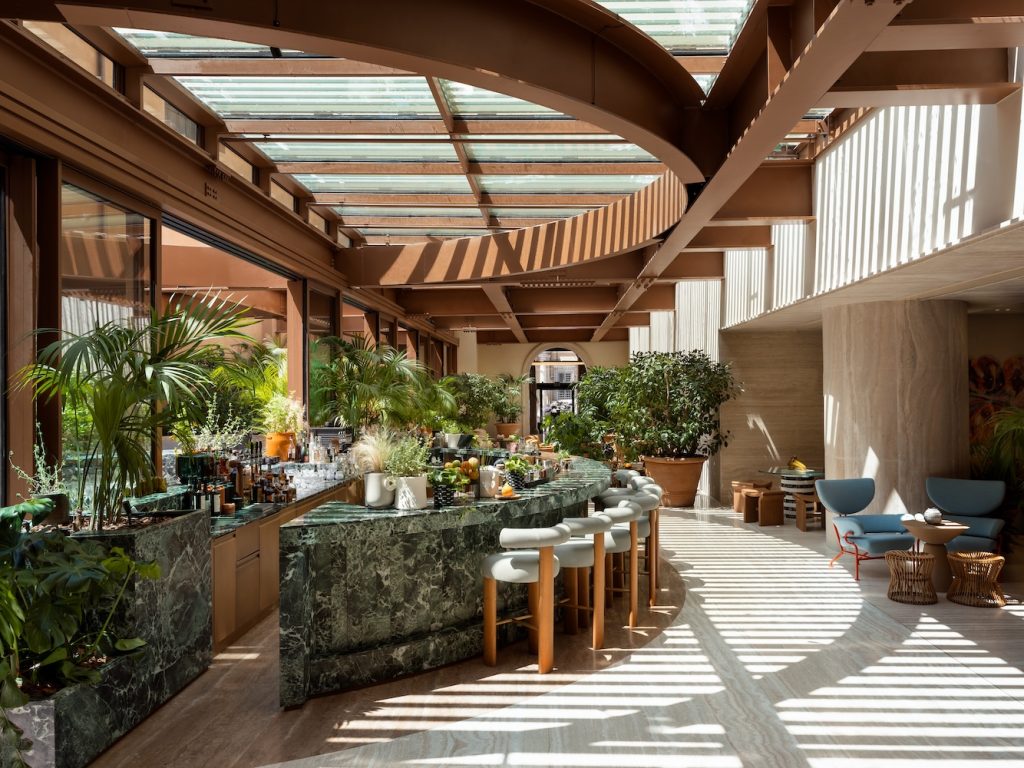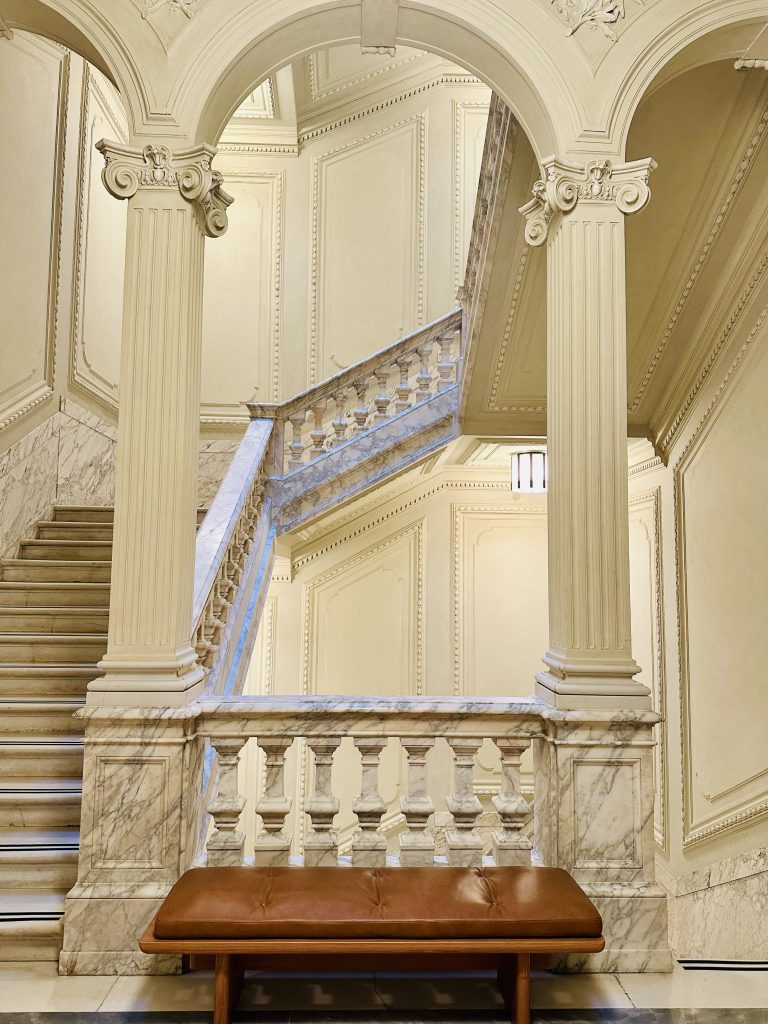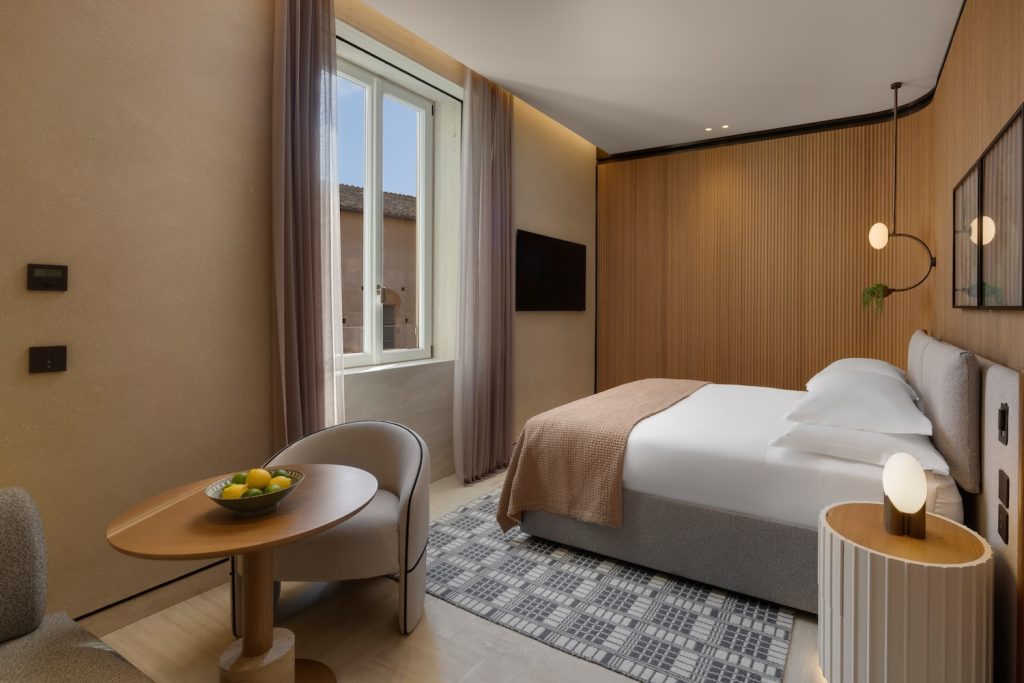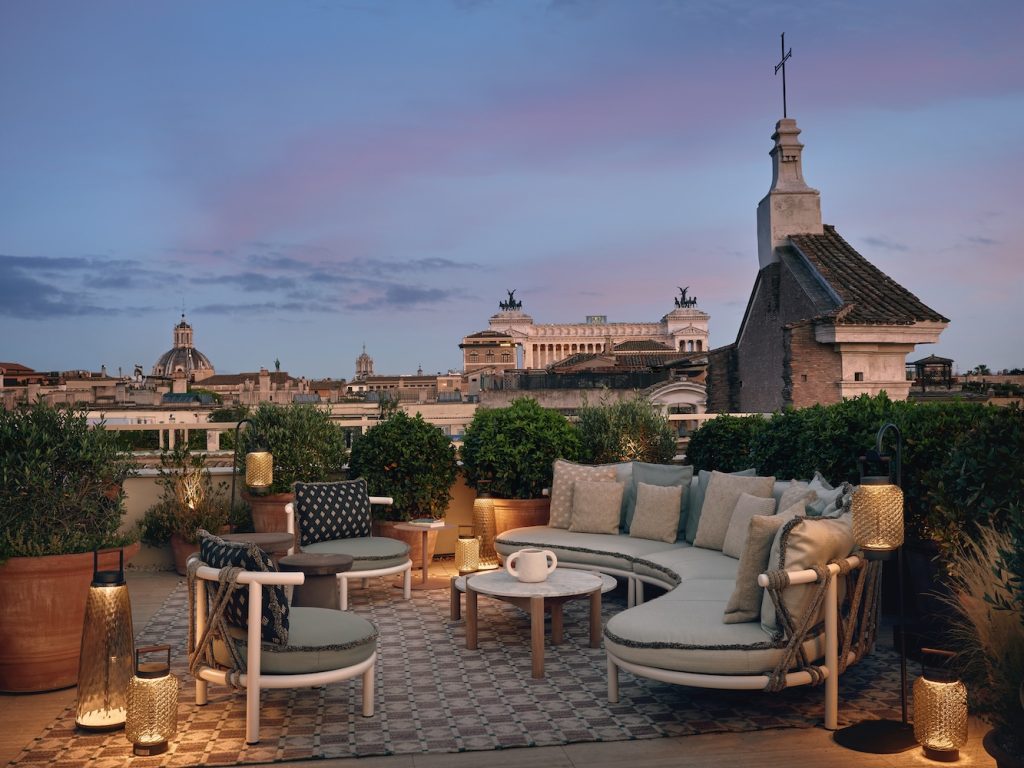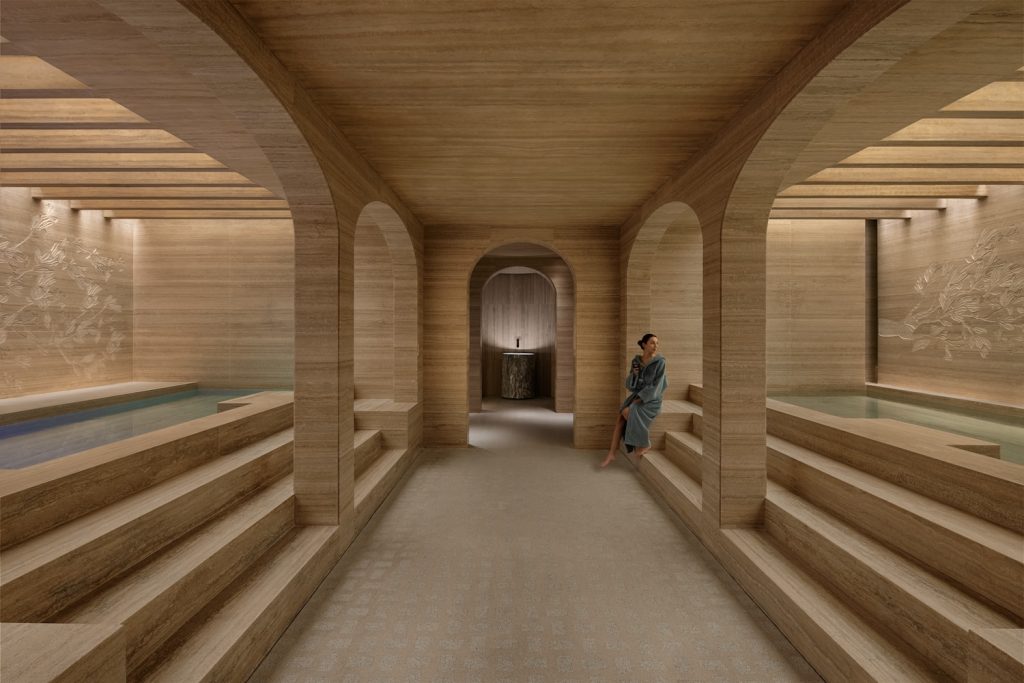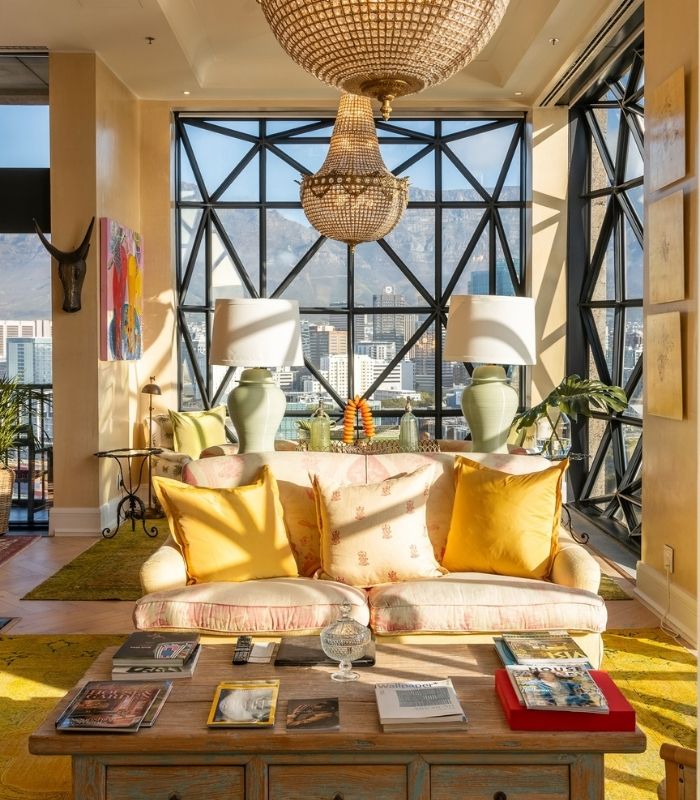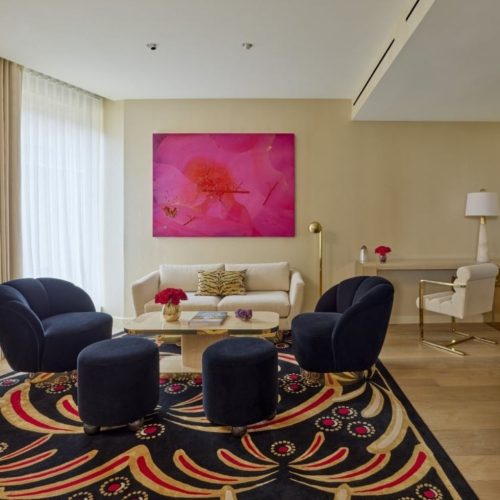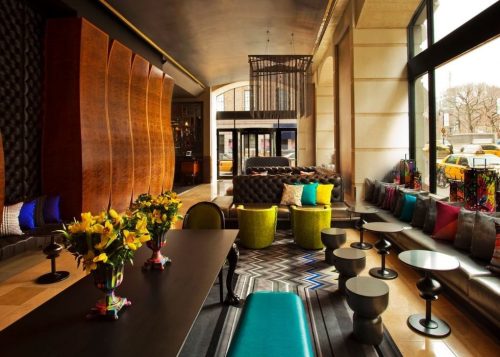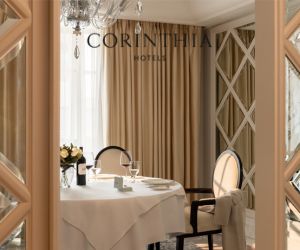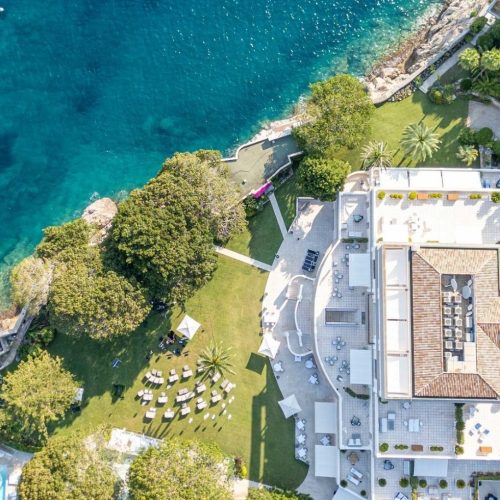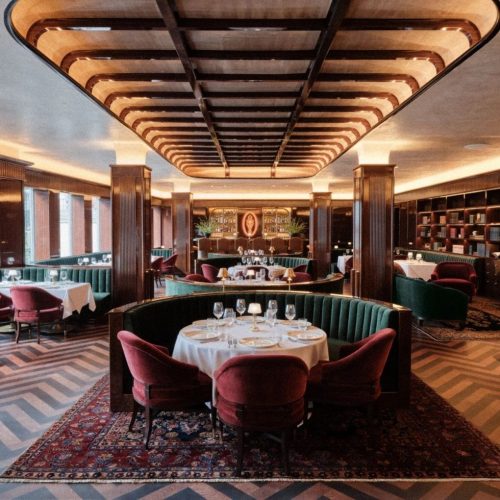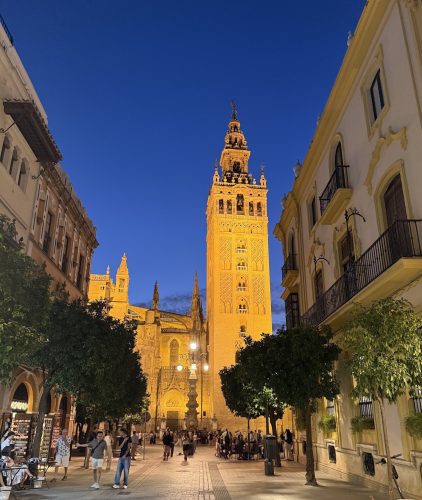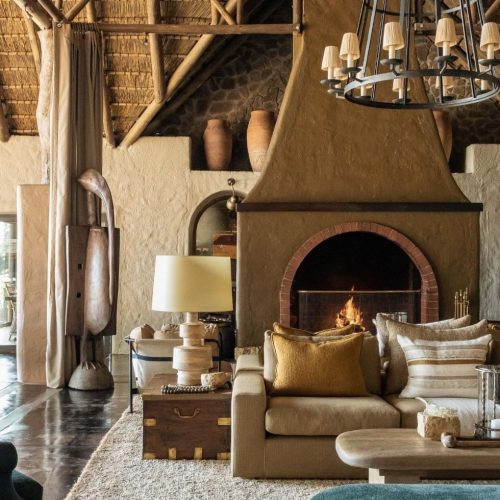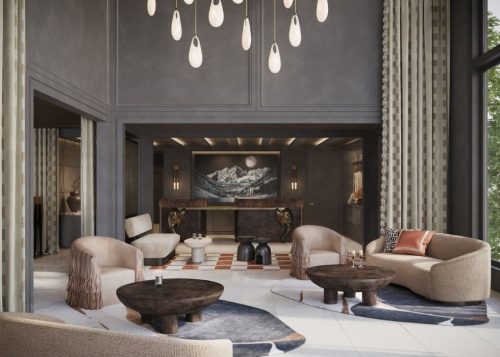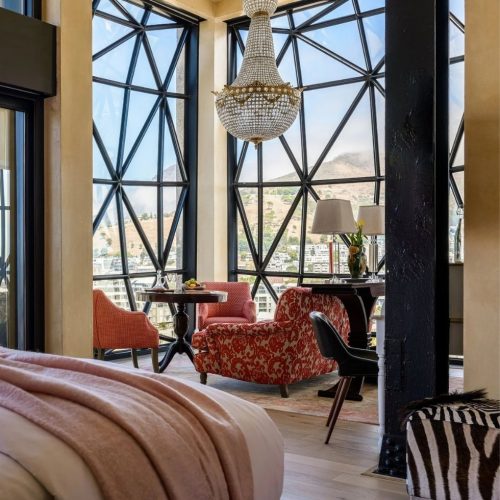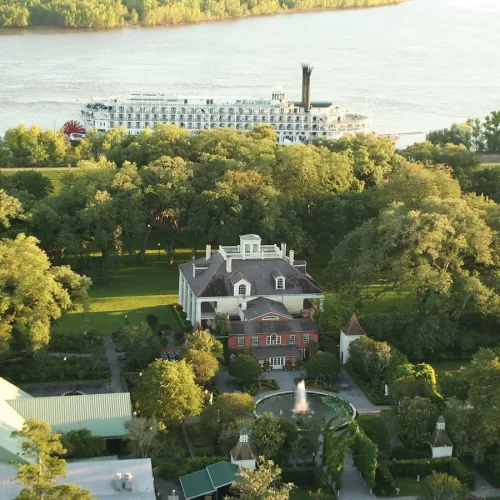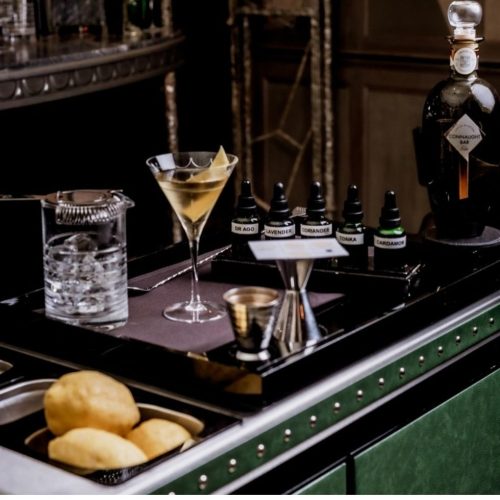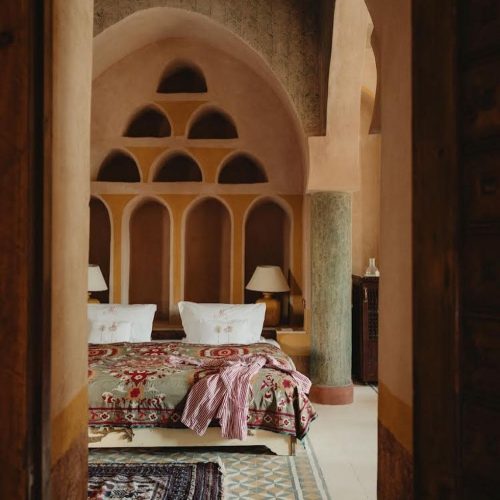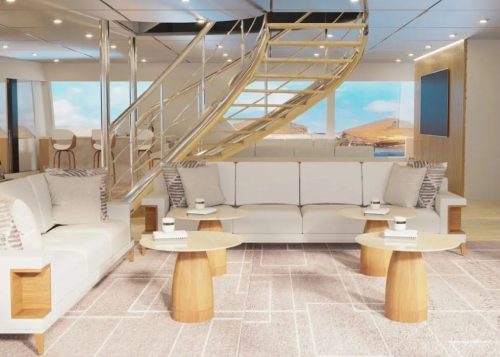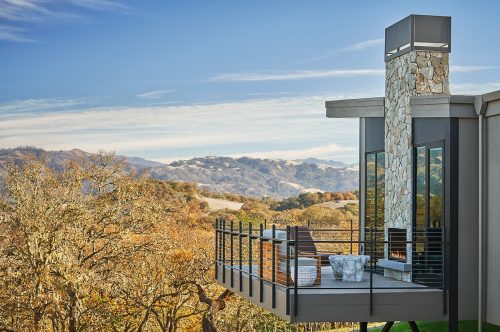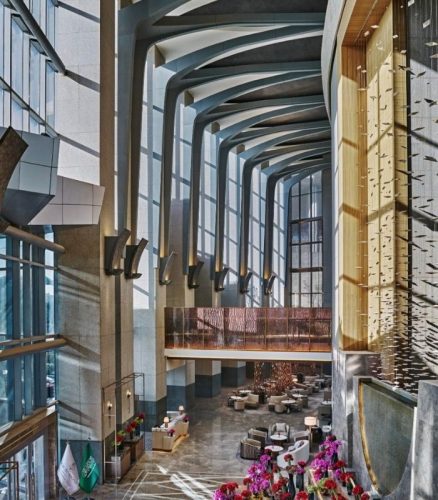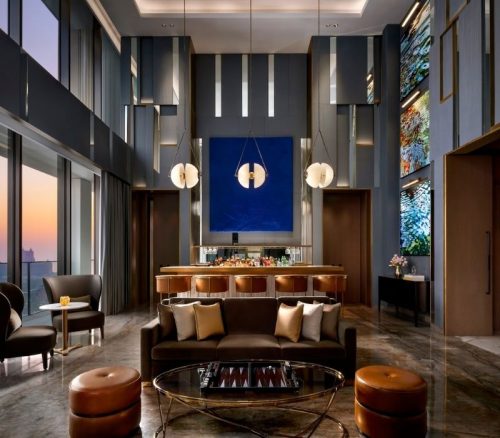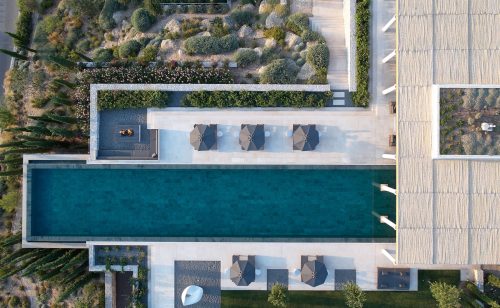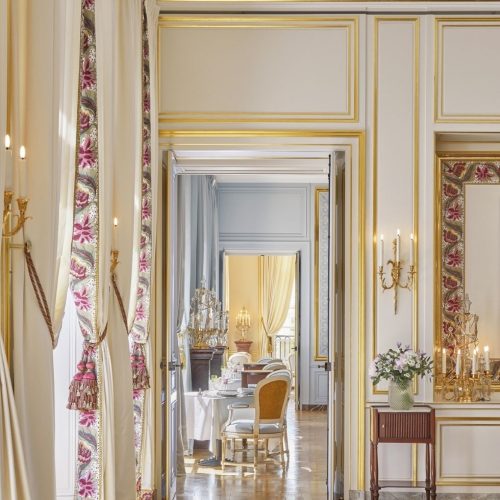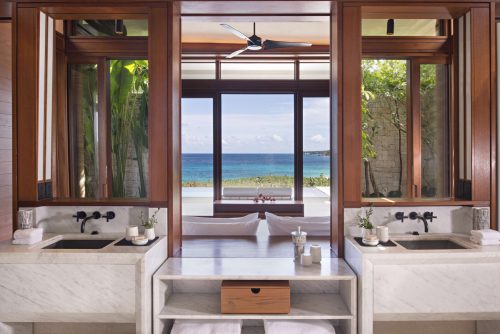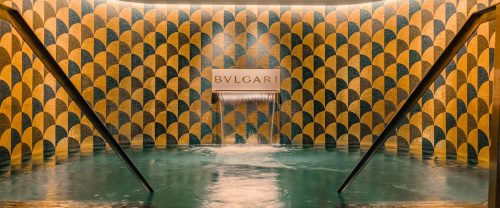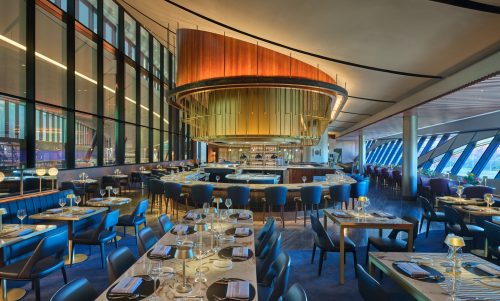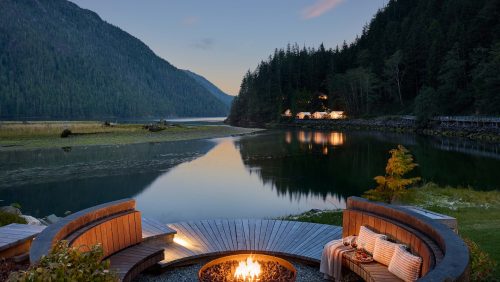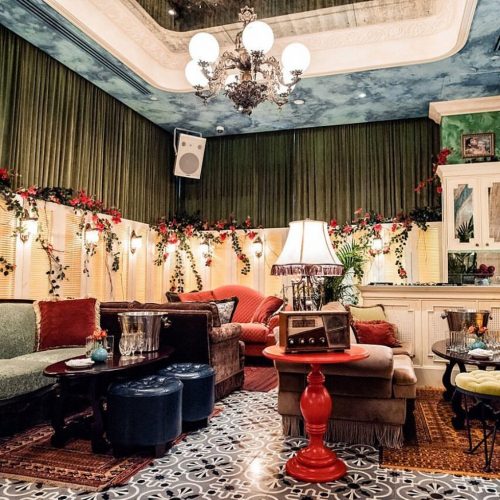As the brand’s first foray into an urban setting, Six Senses Rome marks a departure from its traditional portfolio of far-flung resorts and island hideaways. Known for secluded sanctuaries in places like the Maldives, Bhutan, and the Douro Valley, Six Senses reimagines its resort-style philosophy for the heart of the Eternal City. Here, the spa rituals, wellness programmes, and biophilic design elements evoke a sense of escape—bringing a breath of countryside calm to one of Europe’s most storied capitals.
Location
Six Senses Rome occupies a coveted corner of the city, between Via del Corso and Piazza di San Marcello. Set within the 15th-century Palazzo Salviati Cesi Mellini, originally commissioned by Cardinal Francesco Salviati, the hotel reflects the layered history of Rome itself—imperial ambition, religious grandeur, and aristocratic refinement. The building’s lineage traces through noble families, papal history, and centuries of ecclesiastical influence.
Unlike the bustling grandeur of nearby boulevards, the immediate surroundings feel tucked away. Yet, the Pantheon, Trevi Fountain, and Spanish Steps are within a ten-minute stroll. The setting allows a duality: the city at full volume remains close, yet inside, serenity prevails. Morning begins with church bells echoing through narrow streets; evening closes with the hush of footfall on cobblestones. The hotel provides not just a place to stay, but a recalibration of pace.
Architecture and Design
Rather than erase the past, the restoration process—led by architect Patricia Urquiola—revealed it. The Spanish-born designer draws from Rome’s architectural canon, but recasts it in a palette of matte textures and organic forms. Original travertine columns line the lobby, and the stunning, central marble staircase is original to the building’s founding. Vaulted ceilings, curved lines, and custom furnishings offer reverence. Throughout, natural materials—terracotta, walnut, linen—take center stage. The overall aesthetic is tactile. Oversized windows flood interiors with light, filtered through softly textured curtains. Shadow and stone reflect Rome’s rhythm of permanence and ephemerality.
As at Six Senses hotels and resorts worldwide, sustainability informs every design choice. The Rome hotel uses repurposed timber, non-toxic paints, and reclaimed stone. Solar panels power much of the energy use. A rainwater collection system irrigates rooftop gardens.
Accommodations
Within the 96 rooms and suites, a dozen layouts of varying size are offered. All are styled in the same language of soft contrast. Ceilings remain high, and details low-key. Beds are dressed in organic cotton and flax; minibars filled with complimentary drinks and snacks — house-made elixirs, biodynamic wines, freshly baked cookies, and chocolate energy bars. Bathrooms feature travertine basins and custom, plant-based bath amenities.
Some rooms overlook Via del Corso’s Baroque façades, others the tranquil courtyard. Suites add touches such as private terraces, hammams, or reading nooks with curated libraries. Despite the central location, soundproofing ensures a cathedral hush. Lighting adjusts with circadian rhythms. Even the air purification systems operate silently, and the room controls function intuitively.
Food + Drink
BIVIUM, the hotel’s ground-floor restaurant, takes its name from the ancient Roman crossroads. Its menu honors Mediterranean tradition: charred artichokes with lemon emulsion, handmade fettuccine with wild fennel, and roasted sea bass with chickpea purée. The bread is baked in-house using heritage grains; olive oil comes from the Sabine hills. The beautiful breakfast buffet features house-made pastries, fresh fruits, charcuterie and eggs to order.
But it’s NOTOS where guests and locals head during golden hour. (The name is derived from the Greek god of the southern wind—hinting at the Mediterranean influences that shape both the culinary approach and the space’s overall design). The rooftop terrace and herb garden boast panoramic views of terra cotta roofs and the massive, white marble Vittorio Emanuele II Monument. Here, aperitivo of botanically-crafted cocktails typically leads to softly illuminated dinners. The menu features items often sourced from local farms and markets, including a mix of crudo, vibrant vegetable dishes, and simply grilled proteins. It’s a magical spot in which to linger—a garden in the sky.
The Spa
Six Senses Spa Rome draws deeply from ancient Roman wellness traditions, blending historical rituals with contemporary techniques. While a number of treatments are proffered, the Roman Baths experience is the heart of the subterranean space and the spa’s signature experience. A modern reinterpretation of the thermae (Rome’s ancient communal bathing spaces), the baths are complimentary to all hotel guests. The calidarium-tepidarium-frigidarium circuit of warm/cold plunges serves as both a restorative ritual and a cultural homage.
Experiences
Six Senses Rome offers curated experiences that immerse guests in the city’s layered soul. Just steps from the hotel, the Church of San Marcello al Corso reveals Baroque splendor and a sacred crucifix. Guests can walk in Caravaggio’s footsteps, explore underground ruins beneath the Trevi Fountain, or glimpse aristocratic life with rare access to Palazzo Colonna. The hotel’s partnership with Isabella Calidonna of ArcheoRunning offers a unique way to experience Rome’s many treasures. With her bespoke, rise-and-shine, beat-the-crowd, early morning running tours, Calidonna and her guests are often the only ones present at the city’s most iconic sites and attractions. Additionally, the hotel features daily activities within its Earth Lab, a dedicated sustainability space that invites guests to learn about the property’s zero-waste and sustainability initiatives. It also hosts workshops on topics like natural dyeing or herbal remedies.
Overall
Six Senses Rome feels less like a hotel and more like a Roman sanctuary with a conscience. The clientele skews design-literate and wellness-aware. This is a hotel in tune with both its city and its time. It offers restoration—of body, of building, of atmosphere. Rome may be eternal, but at Six Senses Rome, it feels renewed.
FAQs
Q: Is Six Senses Rome family-friendly?
A: Yes, Six Senses Rome welcomes families. While the vibe leans sophisticated and wellness-focused, connecting rooms and spacious suites make it comfortable for those with children.
Q: Do the culinary options at Six Senses Rome accommodate dietary restrictions?
A: Yes, menus at the hotel are designed with inclusivity in mind. The culinary team can tailor dishes to suit varying dietary needs.
Q: How is Six Senses’ sustainability focus reflected in the Rome property?
A: Sustainability is woven into nearly every aspect of the hotel. The restoration preserved original architectural features while using locally sourced, low-impact materials like travertine and cocciopesto plaster. The in-house Earth Lab showcases the hotel’s sustainability initiatives, and the on-site water filtration and bottling system eliminates single-use plastics.

